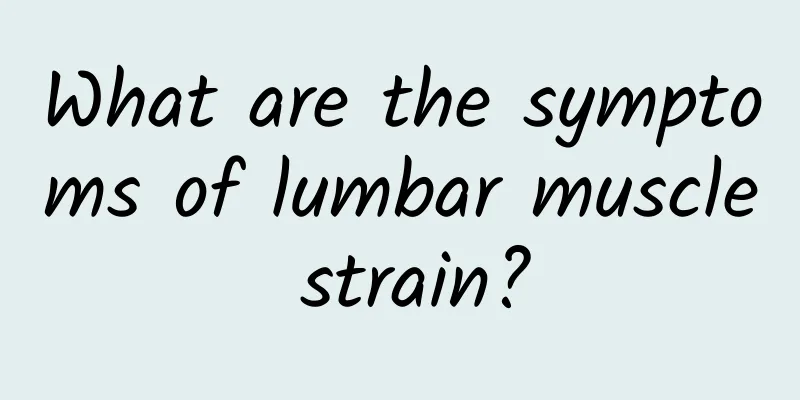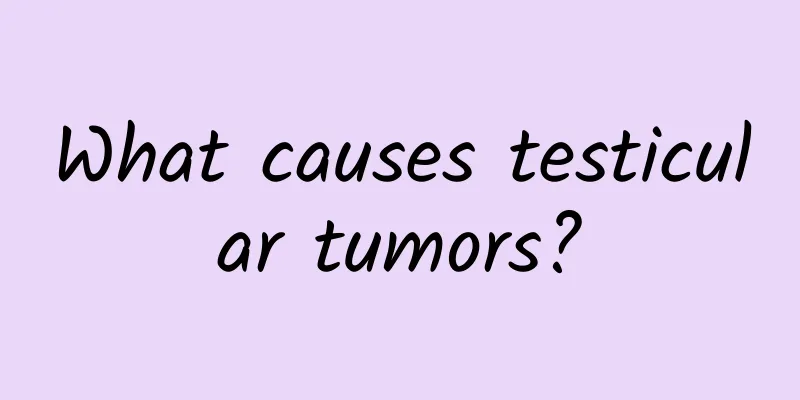What causes large testicles?

|
If a man has large testicles, one may be large and the other small, or both testicles may be enlarged. This may be due to testicular deformity, which may be caused by congenital heredity or acquired pathology. The specific cause should be checked by yourself at the hospital. The first is to check the semen and sperm to determine whether it affects fertility, and the second is to check whether the testicles have pathological changes by ultrasound, CT, etc. Enlarged testicles should not be underestimated. Normal adult male testicles are oval in shape, 3.5-4.5 cm long, 2-3 cm wide, and 1-2 cm thick. Each testicle weighs 10-15 grams. The left testicle is generally about 1 cm lower than the right testicle. Some people have one testicle that is larger than the other, one that is smaller, and one that is higher than the other. If the difference is not too big, it is normal. Common diseases that cause abnormal testicular development include: insufficient hormone secretion, testicular disease, tumors, etc. Considering that the testicle is an important part of spermatogenesis and the size difference is obvious, it may directly affect male fertility. A normal scrotum is symmetrical on both sides. When touched, the scrotum is soft and of the same thickness. The testicles on both sides are the same size, with clear boundaries and the same hardness. The epididymis on both sides are similar. The contents of the scrotal examination include: checking whether the scrotum on both sides is symmetrical; whether there are any changes in the scrotal skin; and whether the testicles on both sides are similar in size and whether there is any tenderness. Enlarged testicles may be caused by hydrocele of the testicles and hydrocele of the spermatic cord. Hydrocele of the testicles is the most common. Hydrocele of the testicles alone often disappears naturally and does not require special treatment. If the hydrocele does not disappear after the age of 3, surgical treatment should be sought. Congenital inguinal oblique hernia, scrotal enlargement caused by other benign testicular diseases, such as testicular torsion, epididymitis, epididymal tuberculosis, etc. can all lead to enlarged testicles. Testicular tumors can also cause enlarged testicles. Enlarged testicles may also indicate chronic prostatitis, which not only causes enlarged testicles but also testicular pain, especially at night. The patient's testicles will feel like they are falling. If it is varicocele, the testicles and scrotum may swell, and the swelling will be more obvious after fatigue or long-term standing, and the swelling will disappear after lying down. |
<<: What causes hard testicles?
>>: What causes itchy testicles?
Recommend
There is white dirt on the glans and it smells bad
Men need to pay attention to their penis at all t...
What should men eat for fitness?
Are you going to exercise? However, many people w...
What to do if you shoot in 3 seconds
What to do if you shoot in 3 seconds The so-calle...
What is spermatic cord torsion? What are the symptoms?
I believe many people are unfamiliar with the dis...
Gorgon Fruit, Barley and Red Bean Porridge: Three Reasons to Eat It
Many people think that Gorgon Fruit, Barley and R...
What to do if the penis is too sensitive
Today's work and life pressure is getting hig...
What foods can help you avoid getting drunk when socializing?
Do you know which foods can help you avoid gettin...
Men's private parts have fleshy lumps
The growth of a small grain on the glans penis al...
What are the causes of testicular cysts?
Many men think that the chance of developing repr...
How to correct a curved penis?
Some careful men will observe their genitals when...
Decoding 10 Men's Body Language
They say you can't guess what a woman is thin...
What causes morning erections?
When men reach puberty, their penis will begin to...
How to train chest muscles with bare hands, principles of nutritional supplementation for chest muscle training
For men, training chest muscles is the most commo...
What's wrong with a bump on the glans?
Many men don't pay much attention to their he...
What are the symptoms of trichomonal urethritis in men?
Most men who suffer from trichomoniasis are infec...









